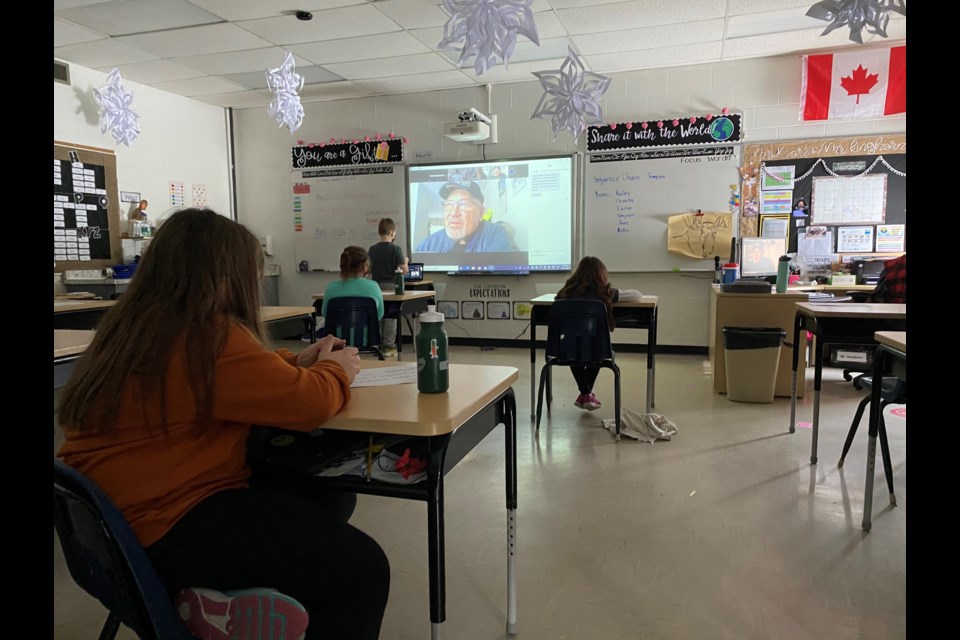Rainy River District School Board, Seven Generations Education Institute, and SayITFirst have been working together since 2017, meeting milestones and creating the tools for communities to take Anishinaabemowin back into their homes.
Seven Generations Education Institute, where Brent Tookenay is the chief executive officer, has been working with SayItFirst, founded by Mike Parkhill, for a decade. Parkhill and Tookenay presented the Ojibwe Language Strategy to Heather Campbell, director of education at Rainy River District School Board in 2017 and it’s been a powerful success.
“It was so powerful what [Parkhill and Tookenay] presented to me, and the fact that the 10 First Nation communities in the lower part of Treaty 3 were involved and committed to a project that was going to be successful,” says Campbell.
A two-pronged approach, Waking up Ojibwe provides Indigenous language teachers with the materials and programming and aims to increase the number of students taking Ojibwe as their formal language in school, a language that wasn’t considered for university and college credit.
Campbell, with support from the Ministry of Education, made it recognizable by post-secondary institutions, giving students a bigger incentive to reintroduce themselves to Anishinaabemowin.
“We’re trying to get to a point where people are speaking the language for 20 hours a week for three years,” says Parkhill
He says when this is achieved, speakers get conversational comfort and then they’re able to converse and communicate.
Opening doors to more accessibility
Waking up Ojibwe focuses on the whole circle of how communities learn and use language.
Families who want to teach their children the languages, students who want to learn Anishinaabemowin, individuals who want a career as a teacher or an Early Childhood Educator, and individuals who want to pursue other careers where knowledge of Anishinaabemowin is beneficial. It’s a four-pathway approach that sets individuals up for a lifetime of speaking and communicating in Anishinaabemowin.
Not only is this a success but communities are using Waking up Ojibwe as inspiration.
“A lot of communities have started things on their own as spinoffs because they feel this is an opportunity and if there’s a silver lining in COVID it’s opened the world to a lot of people because you can’t go anywhere,” says Tookenay.
He says Zoom has opened doors to more accessibility and taken away the travel barrier, allowing easier access to language tools and courses.
Forging ahead with new creations
While the language barriers are being broken and is provided with knowledge from Elders into younger communities, Waking up Ojibwe is an important success for Northwestern Ontario and Canada.
“Our goal is to get to a point where people can describe whatever it is they’re trying to describe because once you can communicate you can actually use the language,” Parkhill says, discussing the creation and requirement of new words in a technologically driven generation.
While doing a presentation with Parkhill, an Elder from Seine River First Nation created a new word for computer, the literal translation being ‘where teenagers go to gossip’, because that word didn’t exist.
“Some of the words don’t exist but the fact that they don’t exist doesn’t matter because Anishinaabemowin is a descriptive language.”
By building content, helping people learn how to use language more and providing tools to do so, Waking up Ojibwe is getting speakers back into the home.
This is not only creating a reawakening but an opportunity for deeper connection into tradition and community through language because as Tookenay says, the language has always been there, it’s just been sleeping.



